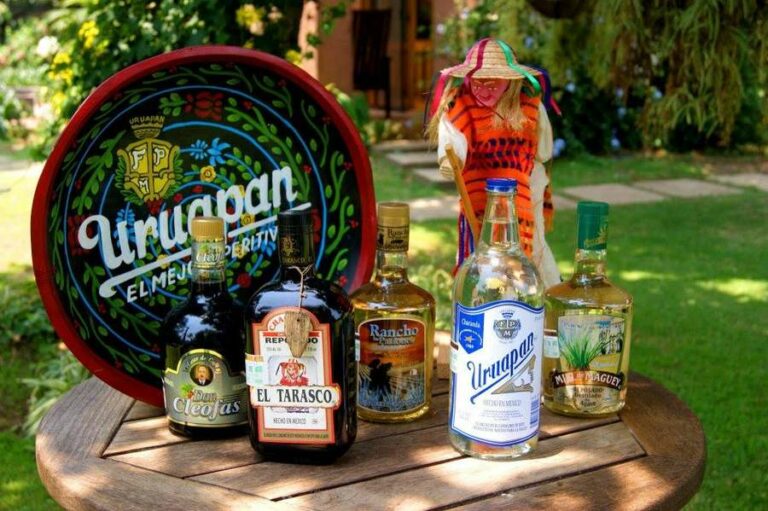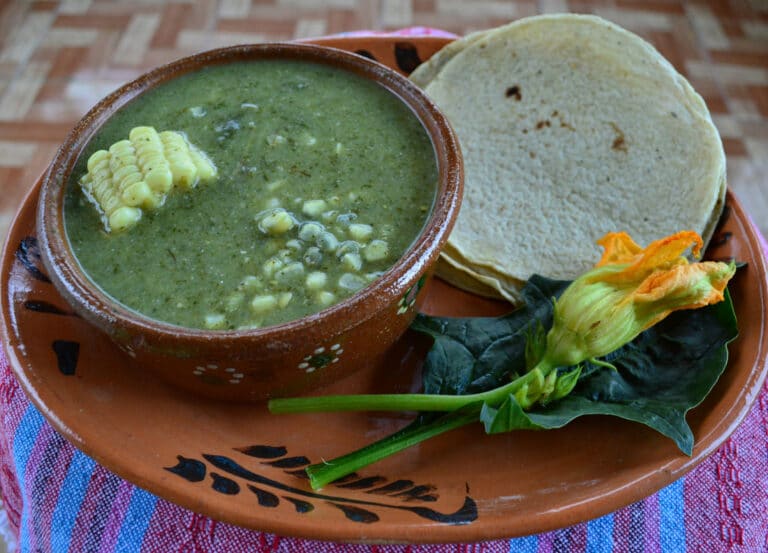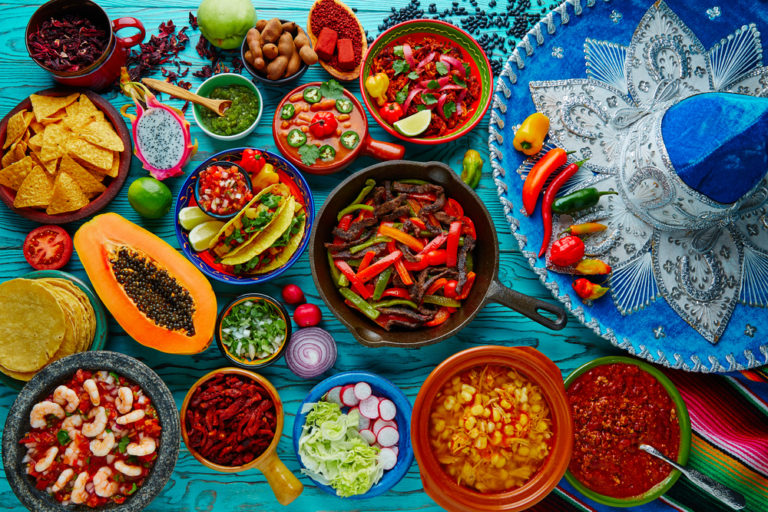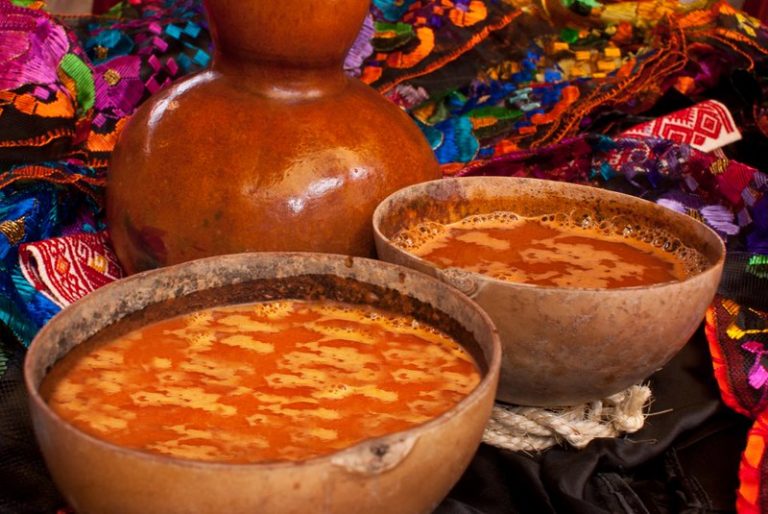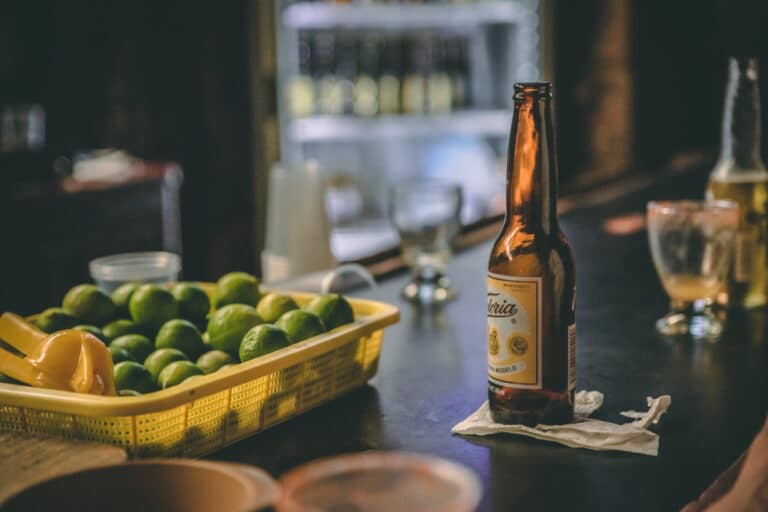What is Tepache and How is it Different From Tejuino?
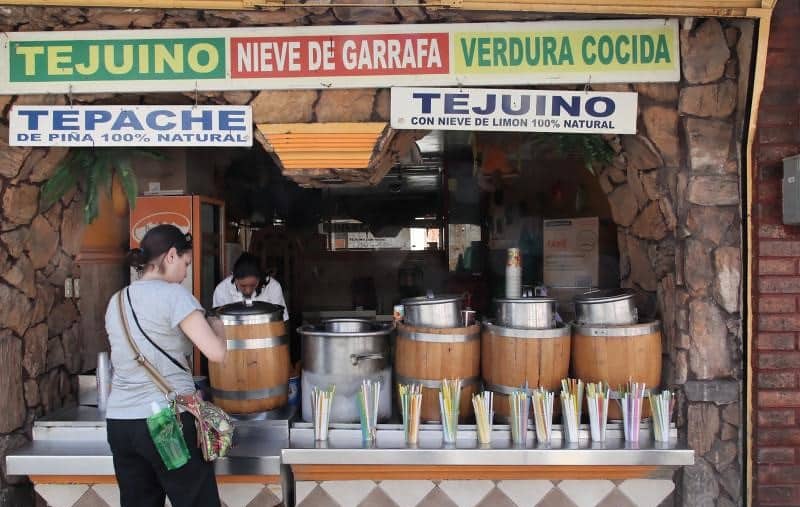
What is Tepache and How is it Different From Tejuino?
Welcome to the captivating world of Mexican fermented beverages, where tradition, flavor, and culture intertwine in every sip.
In this blog post, I’ll unravel the mysteries behind two beloved drinks: Tepache and Tejuino.
These beverages not only quench thirst but also offer a window into the rich culinary heritage of Mexico.
While both Tepache and Tejuino originate in Mexico and share a common thread of fermentation, they each boast unique characteristics that set them apart.
From their ingredients to their preparation methods and taste profiles, there’s much to explore and savor.
So let’s dive into the depths of these fermented wonders, uncovering their origins, cultural significance, and ultimately discovering what makes Tepache and Tejuino distinctly different yet equally delightful.
Prepare your palate for a compelling adventure through the vibrant streets of Mexico, where every sip tells a story steeped in tradition and flavor.
What is Tepache?
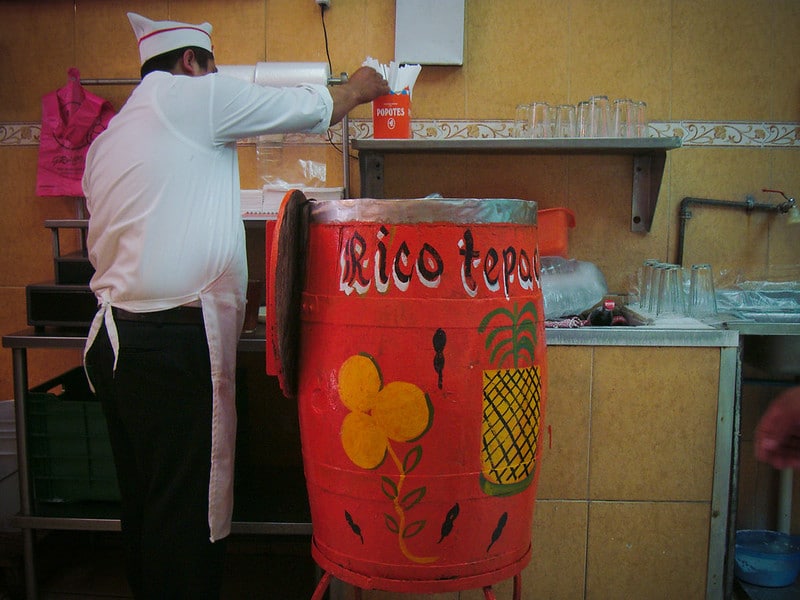
Tepache is a 100% Mexican fermented drink, traditionally made from pineapple in several towns and cities around Mexico.
Tepache has about 1.5% alcohol volume, with a slightly sweet taste reminiscent of beer.
In the past, tepache was made with a higher alcoholic level, but it is said that it was used for Mayan religious cults.
It is also said that the name “Tepache,” originates in Tepachoa, a word that means “pressed in stone.”
Some give its origin to the drink and the word to the Mayan communities of the Yucatan peninsula; and in fact, they affirm that the Mayas included fragrant herbs combined with fruit.
The most generalized idea is that Tepache comes from the Aztecs and the Nahuatl word Tepatli, which means “corn drink;” since it was originally made with corn, to which fruits were added to give flavor and body to the drink.
What does Tepache taste like?
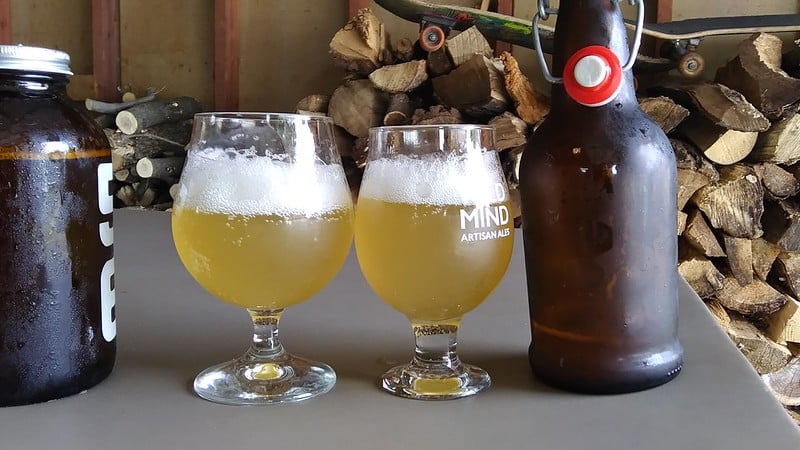
The taste of tepache is sweet with beer notes; aromatic spices such as cloves and cinnamon are usually added to enhance the flavor.
This pineapple “elixir” is known for being very refreshing and above all one of the favorites of Mexicans to drink on a hot day.
Alcohol content
Again, some say that it is a bit like beer but sweet, tepache contains a low alcohol content of about 1.5% so it can pretty much be consumed by everyone.
The alcoholic fermentation will vary in different places and the particular style of the person making it.
What are the benefits of Tepache?
The main ingredient of tepache is pineapple, which has many beneficial properties for the organism that are transferred to tepache.
Pineapple is a great natural digestive diuretic and this helps to facilitate the elimination of retained liquids.
Because this is a fermented beverage, it becomes a very active probiotic drink, in which live microorganisms perform a pre-digestion; these manage to cross the stomach acid barrier help us in the digestive process, and improve our intestinal flora.
Pineapple is known to have a large number of vitamins and minerals such as vitamin B1, B6, B2, and vitamin C, a source of dietary fiber, magnesium, and iron.
How is Tepache different from Tejuino?
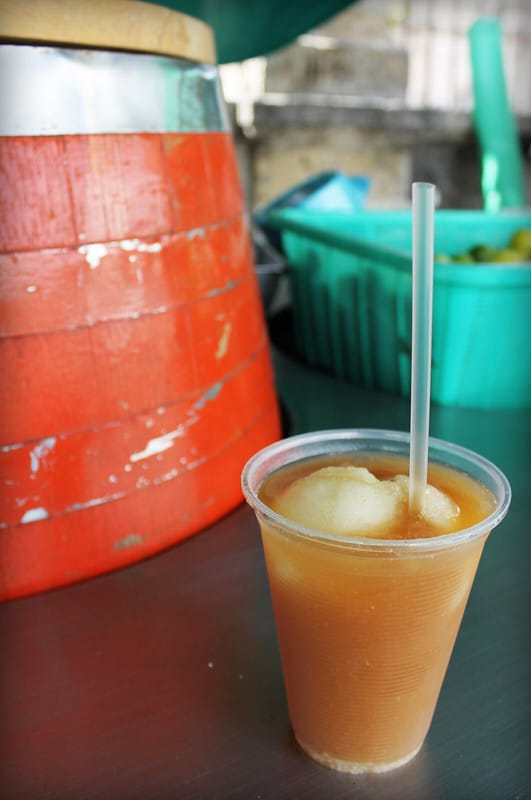
The main difference between tepache and tejuino is the primary ingredient which is corn for tejuino and pineapple for tepache.
In fact, tejuino came first because it was the very first fermented beverage invented by our ancestors.
With time, it was adapted with other ingredients such as pineapple, and eventually, tepache was born.
How to make Tepache
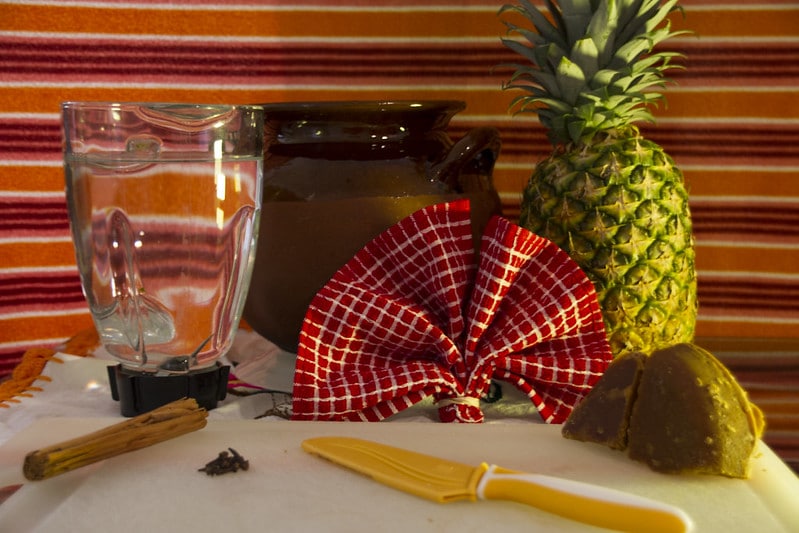
Like so many other traditional beverages, such as pulque, its basic process relies on fermentation.
Thus, certain microorganisms and bacteria are used to obtain energy from the sugars in pineapple and piloncillo and transform it into a very fresh drink, slightly similar to cider or beer but much sweeter, and with less than 1 degree of alcohol.
As well as other fermented drinks, tepache yields several benefits:
It aids in digestive health, as it promotes the proliferation of prebiotics or ‘bacteria’ that are beneficial to the intestine and, in doing so, strengthens your immune system.
Tepache is very similar to kombucha since both are a kind of probiotic drink; but in comparison, tepache has fewer sugars and additives, so it is healthier.
In addition, since it is made with fresh pineapple, it can also provide a good amount of vitamins and minerals, among which stand out B1, B6, B2, and Vitamin C.
Believe it or not, it is very easy to prepare and does not require many ingredients.
Note: I recommend using a glass or clay container, never an aluminum/steel pot, so that it does not interfere in the fermentation process and your tepache keeps its original flavor.
Recipe
4 servings
- One whole pineapple
- Piloncillo 50 g
- Water about 1 liter
- Cinnamon sticks and cloves to taste
Process
Peel the pineapple, cut the pulp into pieces, and place them in a large bowl (only the peel is used for the fermentation process).
Add the piloncillo, pineapple peels, cinnamon, and cloves. Cover with water and stir gently.
Cover the bowl with a clean cloth and let it stand at room temperature. Allow to ferment for at least 3 days, tasting occasionally to check the flavor.
Once it reaches the desired level of fermentation, strain and add the pieces of pineapple pulp. Place in the refrigerator and serve chilled.
Final thoughts
Both tepache and tejuino are traditional Mexican fermented beverages that offer unique flavors and cultural significance.
While one is made from fermented pineapple with added spices, the other is crafted from fermented corn with lime and salt.
Each drink carries a rich history and a refreshing taste, making them beloved staples in Mexican gastronomy.
Whether you prefer the tangy sweetness of tepache or the savory tang of tejuino, both offer a delightful journey into Mexico’s vibrant culinary heritage.
So, next time you’re exploring Mexican beverages, don’t hesitate to try these distinct and delicious options.
Salud to embracing the diversity of flavors that make Mexico so wonderfully rich!

